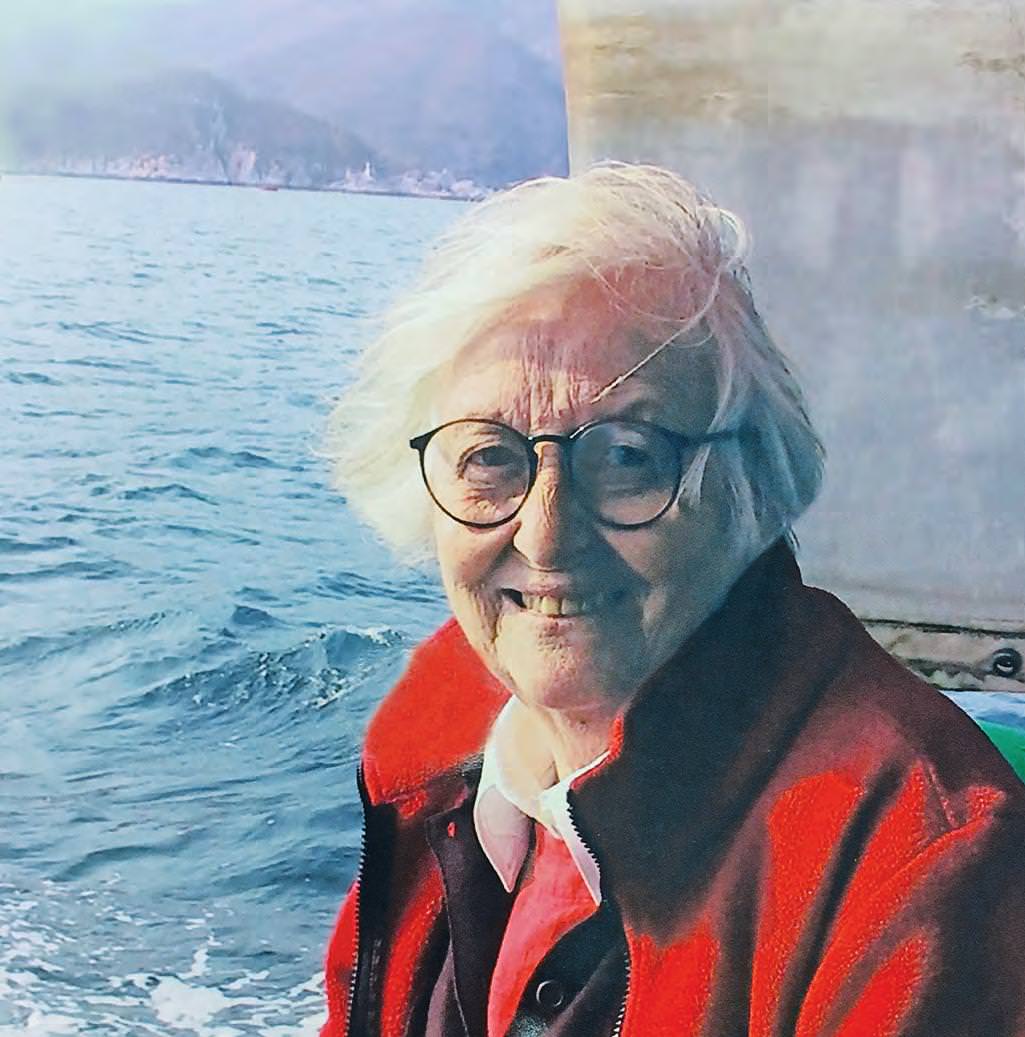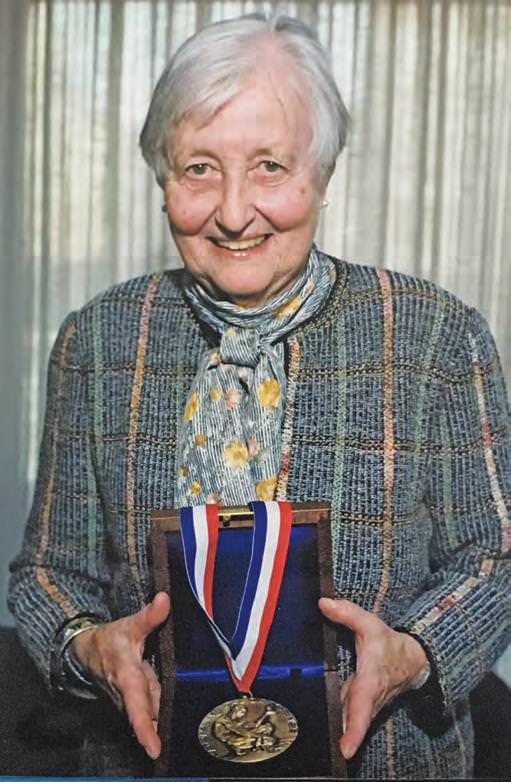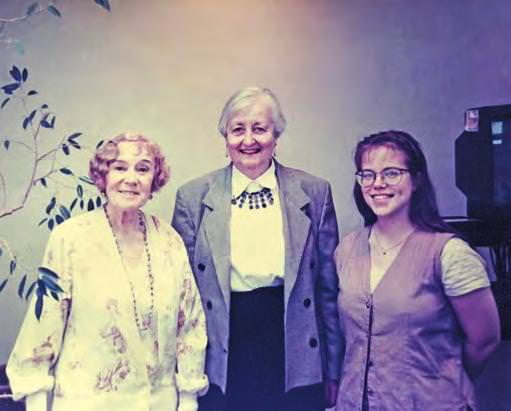by Irene Gamba and Christina Sormani

As it is impossible to review all her profound contributions to pure and applied mathematics, we have chosen instead to present some of her most influential work in depth. Terence Tao presents the Morawetz Energies and Morawetz Inequalities, which are ubiquitous in the analysis of nonlinear wave equations. Leslie Greengard and Tonatiuh Sánchez-Vizuet have written about her work on scattering theory. Kevin R. Payne describes the importance of her early work on transonic flows which both provided a new understanding of mixed-type partial differential equations and led to new methods of efficient aircraft design. In this introduction, we provide a little history about her career, and we close the article with a quote of hers thanking one of the mathematicians who supported her the most when she was young.

Morawetz was encouraged to study mathematics by her mother and a family friend, Cecilia Kreger, who was a mathematics professor at the University of Toronto. Her father, who was also a mathematician at Toronto, did not encourage her pursuit of mathematics, but did encourage her to be “ambitious.” Morawetz graduated with a bachelors in mathematics at Toronto in 1945 and completed her masters at MIT the following year.
In 1946 Morawetz was hired at New York University to edit the manuscript “Supersonic Flow and Shock Waves” by Richard Courant and Kurt Otto Friedrichs. She described this later in life as “an invaluable and immersive learning experience.” Upon completing her doctorate in 1951 with Friedrichs, Morawetz first accepted a research associate position at MIT. However she quickly returned to New York University, where she stayed for the remainder of her career. Originally hired as research associate, she became assistant professor in 1957. At that time Courant also hired other NYU graduates to join the faculty, including Harold Grad, Anneli Cahn Lax, then Peter Lax and Louis Nirenberg. They remained close friends throughout her life. Morawetz was tenured in 1960 and earned a full professorship in 1965, the year before being awarded her first of two Guggenheim Fellowships. She was a Gibbs Lecturer in 1981, gave an invited address for SIAM in 1982, and was Noether Lecturer in 1983 and 1988. She served as the director of the Courant Institute at NYU from 1984 to 1988.

Morawetz was an astounding mentor and a dedicated coauthor. Irene Gamba worked with her in 1992–1994 as an NSF postdoctoral fellow. She writes:
Our discussions lasted for endless hours and were most illuminating and prolific. They culminated with two joint publications related to the approximation to transonic flow problems, and the life changing opportunity of joining the faculty as an assistant professor in the fall of 1994. She was an extraordinary role model for me.
Morawetz collaborated often with younger mathematicians, including Gregory Kriegsman, Walter Strauss, Alvin Bayliss, Kevin Payne, Susan Friedlander, Jane Gilman, and James Ralston. Among her doctoral students were Christian Klingenberg and Lesley Sibner.

Morawetz was elected president of the American Mathematical Society in 1993. At that time funding in core mathematics was under threat, the US government was shut down twice, the job market for new doctorates in mathematics was terrible, and universities were reconsidering the importance of having research mathematicians teaching their mathematics courses. We are facing these same difficulties today and can learn from her example.
As AMS president, Morawetz joined forces with the SIAM president, Margaret Wright, to defend the funding of both pure and applied mathematics. “Together, they formulated carefully worded statements for Congress and agency leaders, always stressing (equally) the remarkable track record of useful mathematics as well as the unexpected benefits that consistently emerge from undirected basic research.”1 Their work led eventually towards the creation of the NSF DMS Grants for Vertical Integration of Research and Education (VIGRE) “to increase the number of well-prepared US citizens, nationals, and permanent residents who pursue careers in the mathematical sciences.” This program provided funding for postdocs, graduate students, and undergraduates engaged in research with one another and has directly influenced the careers of many young mathematicians.

Morawetz was a powerful leader, a wonderful mentor, and an amazing mathematician. All of us that were fortunate enough to be influenced by her aura through her ninety-four years of life can admire her relentless pursuit of excellence. Perhaps we too can strive to make a difference.